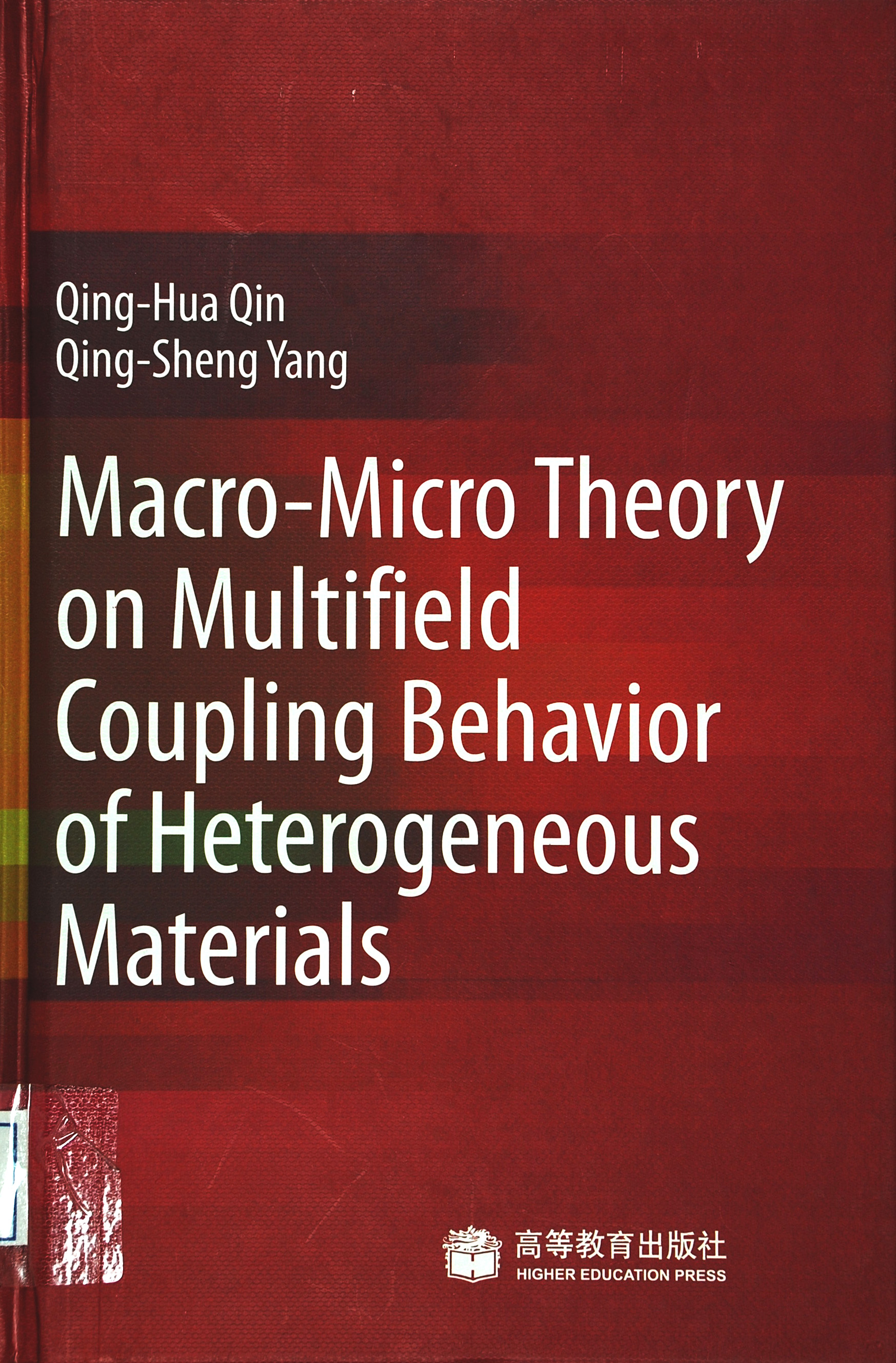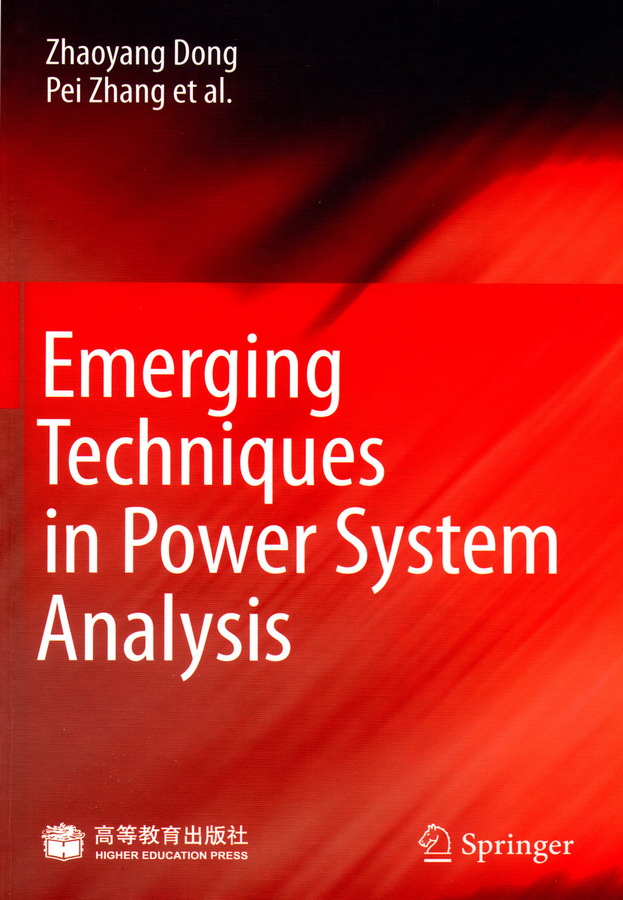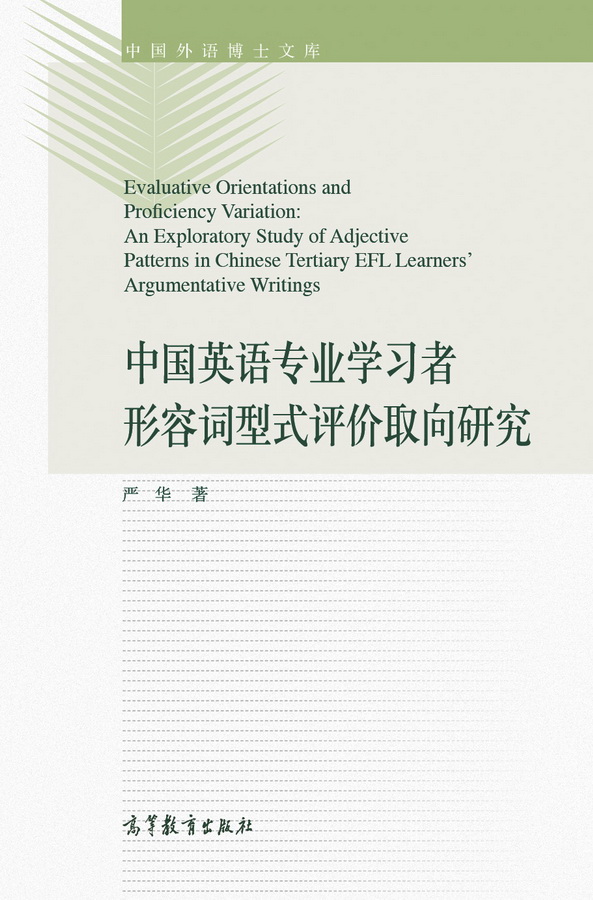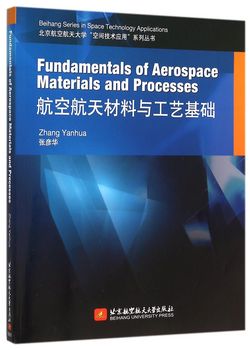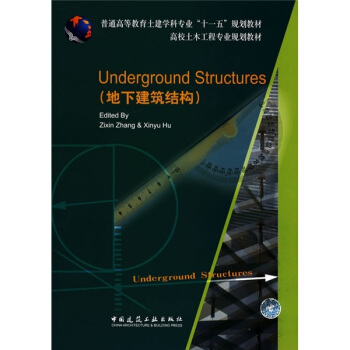Macro-MicroTheory on Multi-field Coupling Behavior of Heterogeneous Media(国内销售版)
作者: Qing-Hua Qin, Qing-Sheng Yang
出版时间:2008-05-05
出版社:高等教育出版社
- 高等教育出版社
- 9787040223507
- 1
- 298276
- 精装
- 16开
- 2008-05-05
- 370
- 322
《非均匀材料多场耦合行为的宏细观理论(英文版)》主要阐述非均匀材料多场耦合问题的基本理论和研究方法。在宏观和细观层次上研究各种天然材料、复合材料和先进功能材料中的热学、电学、化学和力学效应以及它们之间的相互作用。
Front Matter
Chapter 1 Introduction
1.1 Heterogeneous materials .
1.2 Multifield coupling properties of heterogeneous materials
1.3 Overview and structure of the book
References
Chapter 2 Homogenization theory for heterogeneous materials
2.1 Microstructure of heterogeneous materials
2.2 Periodic boundary conditions
2.2.1 General considerations.
2.2.2 Symmetric and periodic boundary conditions
2.3 Implementation of periodic boundary conditions in FE analysis
2.3.1 Multi-point constraints
2.3.2 Polynomial interpolations
2.3.3 Specified strain states
2.4 Effective fields and effective properties
2.4.1 Average fields
2.4.2 Effective properties
2.4.3 Homogenization methods
2.5 Direct homogenization
2.6 Indirect method
2.6.1 Self-consistent and generalized self-consistent scheme
2.6.2 Mori-Tanaka method
2.6.3 Self-consistent FEM and M-T FEM
2.6.4 Differential method
2.7 Variational method
2.8 Two-scale expansion method
2.8.1 Expansion of the displacement field
2.8.2 Establishment of basic equations of elastic microstructure
2.8.3 Determination of effective properties of material with microstructure
2.8.4 Variational forms
2.8.5 Finite element formulation
2.9 An approximate estimation of effective properties
2.10 Formulations and implementation for 2D problem
2.10.1 Formulations
2.10.2 FE implementation of homogenization methods
2.11 Numerical results
2.11.1 Effective stiffness of isotropic composite
2.11.2 Effective stiffness of anisotropic composite
2.11.3 Microstructural deformation
References
Chapter 3 Thermo-electro-elastic problems
3.1 Introduction
3.2 Linear theory of piezoelectricity
3.2.1 Basic equations of linear piezoelectricity
3.2.2 Two-dimensional simplification
3.3 Two classical solution approaches for piezoelectricity
3.3.1 Solution with Stroh formalism
3.3.2 Solution with Lekhnitskii formalism
3.3.3 Some identities
3.4 Logarithmic singularity of crack-tip fields in homogeneous piezoelectricity
3.4.1 General solution for crack-tip fields
3.4.2 Modified solution for p being a multiple root
3.4.3 Modified solution for η being a multiple root
3.5 Trefftz finite element method for piezoelectricity
3.5.1 Basic field equations and boundary conditions
3.5.2 Assumed displacement and electric potential fields
3.5.3 Variational principles
3.5.4 Elemental stiffness matrix
3.5.5 Application to anti-plane problem
3.5.6 Numerical examples
3.6 Theory of coupled thermo-piezoelectricity
3.6.1 Basic equations
3.6.2 Uniqueness of the solution
3.7 Solutions by Fourier transform method
3.7.1 Fourier transform method and induced general solution
3.7.2 Crack-tip singularity
3.7.3 Griffith crack in homogeneous piezoelectricity
3.8 Penny-shaped cracks
3.8.1 Problem statement and basic equation
3.8.2 Reduction of crack problem to the solution of a Fredholm integral equation
3.8.3 Numerical assessment
3.9 Piezoelectric fibre composites
3.9.1 Theoretical model for piezoelectric fibre push-out
3.9.2 Stress transfer in the bonded interface
3.9.3 Frictional sliding
3.9.4 Partially debonding model
3.9.5 Interfacial debonding criterion
3.9.6 Numerical examples
References
Chapter 4 Thermo-magneto-electro-elastic problems
4.1 Introduction
4.2 Basic field equations for magneto-electro-elastic solids
4.2.1 Basic equations of general anisotropy
4.2.2 Eight forms of constitutive equations
4.2.3 Transversely isotropic simplification
4.2.4 Extension to include thermal effect
4.3 Variational formulation
4.4 General solution for 3D transversely isotropic magneto-electro-elastic solids
4.5 Green’s function for half-plane and bimaterial problems
4.5.1 Preliminary formulations
4.5.2 New coordinate variables
4.5.3 Green’s function for full space
4.5.4 Green’s function for half-space
4.5.5 Green’s function for a bimaterial problem
4.5.6 Green’s function for an inclined interface or half-plane boundary
4.6 Green’s function for wedge problems
4.6.1 Basic formulations
4.6.2 Green’s function for a wedge or a semi-infinite crack
4.7 Antiplane shear crack in a magneto-electro-elastic layer
4.7.1 Statement of the problem
4.7.2 Solution procedure
References
Chapter 5 Thermo-electro-chemo-mechanical coupling
5.1 Introduction
5.2 Governing equations of fields
5.3 Free energy and constitutive laws
5.4 Variational principle
5.5 Finite element formulation
5.6 Chemo-mechanical coupling
5.7 FE procedure and numerical examples
References
Chapter 6 Thermo-electro-elastic bone remodelling
6.1 Introduction
6.2 Thermo-electro-elastic internal bone remodelling
6.2.1 Linear theory of thermo-electro-elastic bone
6.2.2 Adaptive elastic theory
6.2.3 Analytical solution of a homogeneous hollow circular cylindrical bone
6.2.4 Semi-analytical solution for inhomogeneous cylindrical bone layers
6.2.5 Internal surface pressure induced by a medullar pin
6.2.6 Numerical examples
6.3 Thermo-electro-elastic surface bone remodelling
6.3.1 Equation for surface bone remodelling
6.3.2 Differential field equation for surface remodelling rate
6.3.3 Approximation for small changes in radii
6.3.4 Analytical solution of surface remodelling
6.3.5 Application of semi-analytical solution to surface remodelling of inhomogeneous bone
6.3.6 Surface remodelling equation modified by an inserting medullar pin
6.3.7 Numerical examples
6.4 Extension to thermo-magneto-electro-elastic problem
6.4.1 Linear theory of thermo-magneto-electro-elastic solid
6.4.2 Solution for internal bone remodelling
6.4.3 Solution for surface bone remodelling
References
Chapter 7 Effective coupling properties of heterogeneous materials
7.1 Basic equations for multifield coupling
7.2 Direct method
7.3 Indirect method
7.4 Two-scale expansion method
7.4.1 Asymptotic expansion of fields
7.4.2 Effective coupling properties
7.5 FE computation of effective coupling properties
7.6 Numerical examples
7.6.1 Piezoelectric solid with voids
7.6.2 Rigid inclusions
7.6.3 Piezoelectric composite
References
Chapter 8 Effective properties of thermo-piezoelectricity
8.1 Introduction
8.2 Micromechanics model of thermo-piezoelectricity with microcracks
8.2.1 Basic formulation of two-phase thermo-piezoelectricity
8.2.2 Effective conductivity
8.2.3 Effective electroelastic constants
8.2.4 Effective thermal expansion and pyroelectric constants
8.3 Micromechanics model of thermo-piezoelectricity with microvoids
8.3.1 Effective conductivity
8.3.2 Effective electroelastic constants
8.3.3 Effective concentration factors based on various micromechanics models
8.4 Micromechanics model of piezoelectricity with inclusions
8.4.1 Eshelby’s tensors for a composite with an ellipsoidal inclusion
8.4.2 Effective elastoelectric moduli
8.4.3 Effective thermal expansion and pyroelectric coefficients
8.5 Micromechanics-boundary element mixed approach
8.5.1 Two-phase BE formulation
8.5.2 Algorithms for self-consistent and Mori-Tanaka approaches
References
Index
版权

